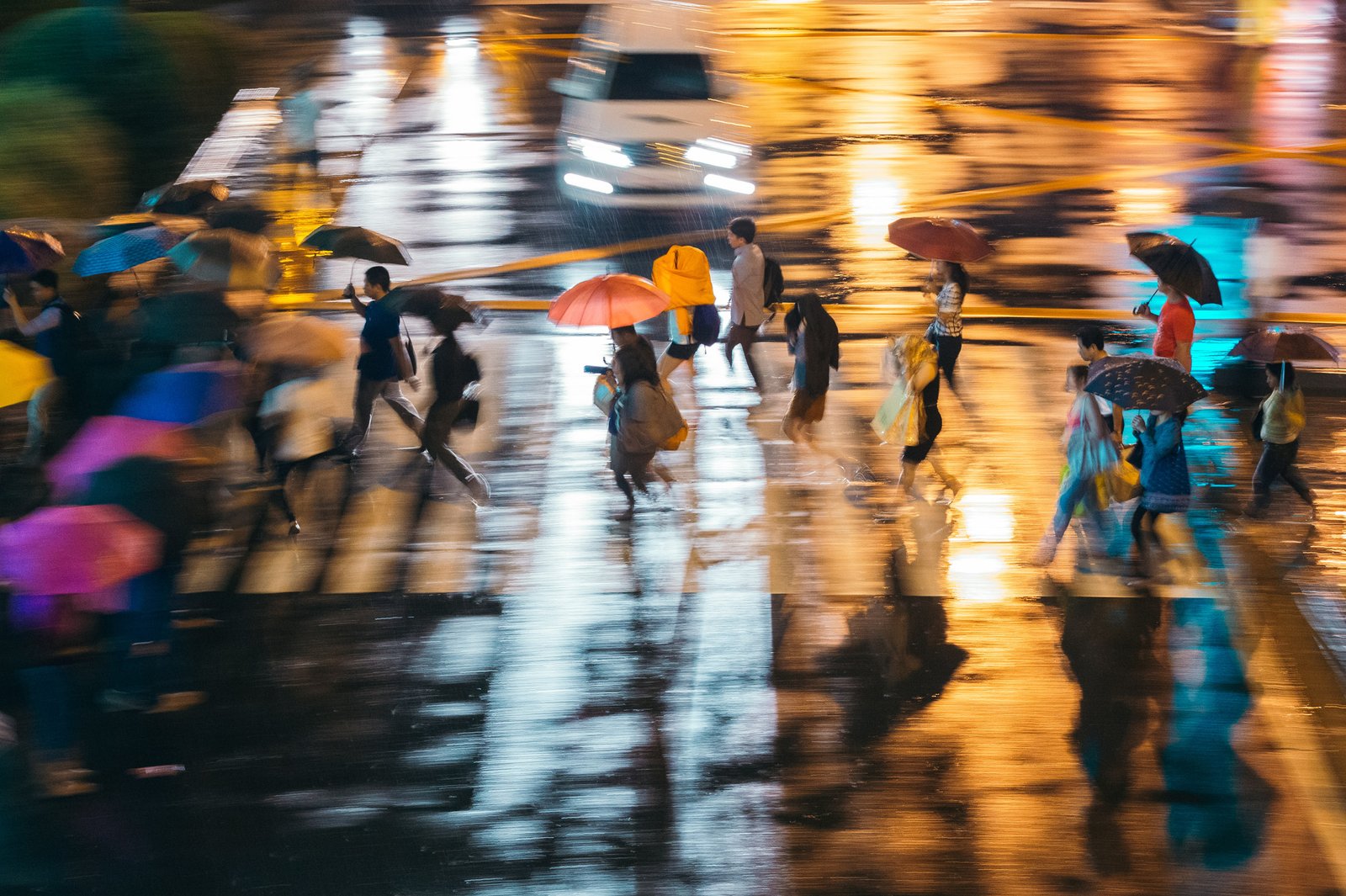Interview Patrick Kasingsing
Images Jilson Tiu
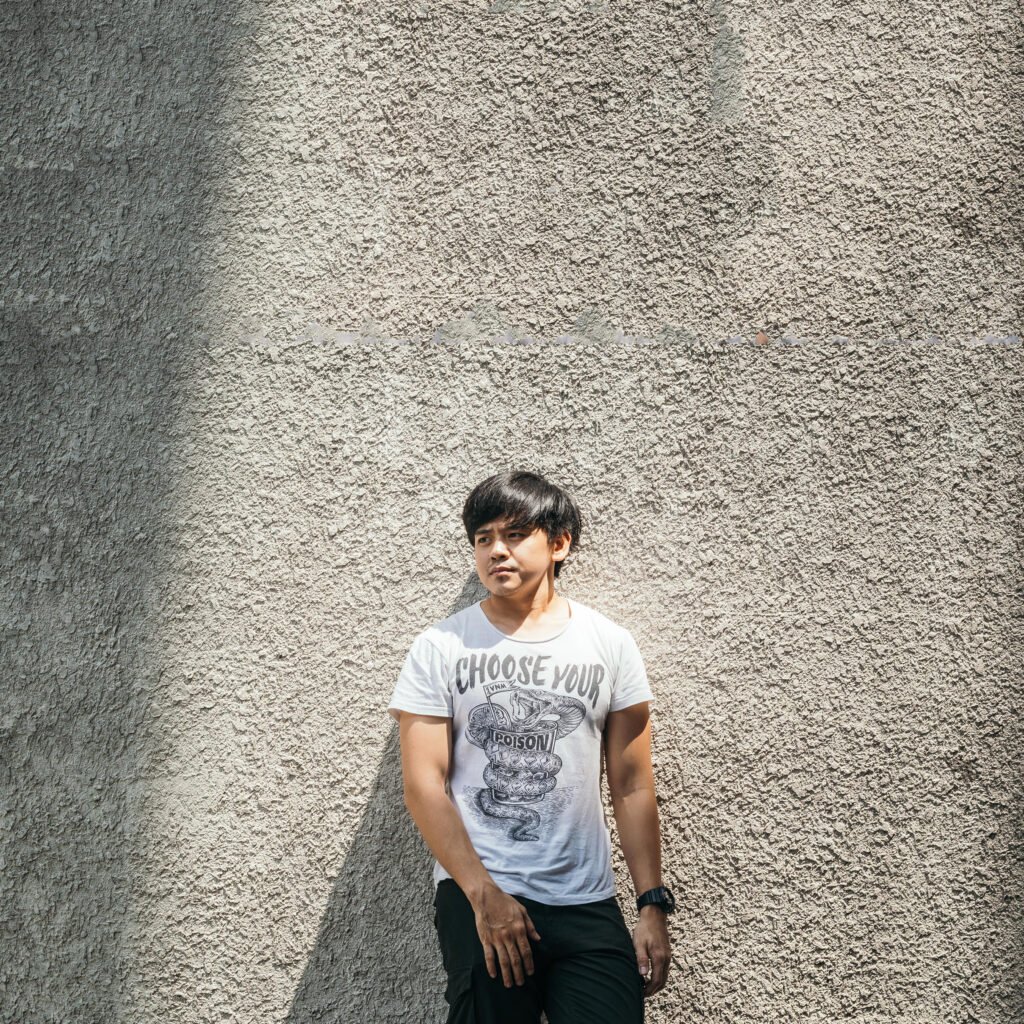

Hello! Please introduce yourself.
My name is Jilson Tiu, and I’m a photojournalist based in the Philippines. Print and online are my main outlets for personal work, but I mostly earn a living through corporate and advertising shoots. Nature is a passion, with a lot of my work documenting the effects of climate change.
When did your interest in photography begin? What inspired it?
My interest in photography [came from] my mother. My mom always took pictures of me [back] in Taiwan. When I was younger, I would take pictures of my siblings using an automatic Kodak camera—the one with dates when you print them—in our old house in Divisoria. Then in college, I joined the Varsitarian as a staff artist. There, I started taking pictures digitally and the editors liked it. [Another staff member of] the Varsitarian (Lester Babiera) used to lend me his digital 440D Canon, and I used to shoot with that. I was encouraged by my editor Paul Quiambao to shoot professionally. I started my professional career contributing photographs for Inquirer through my advisor Lito Zulueta, who’s an editor for both the Varsitarian and Inquirer.
Tell us, what do you think makes for a good photojournalist?
When I was starting, I would take pictures of landscapes and my hometown Binondo, and discovered that I [feel] complete and accomplished when I capture life. Now, I photograph people in the most unadulterated way. No directions—[I capture] life as it happens. I look for raw stories accompanied by a burst of Manila’s colors, from a father and daughter gathering plastic bottles at night to the walkway of the Miss Universe pageant. Every scene tells a story.
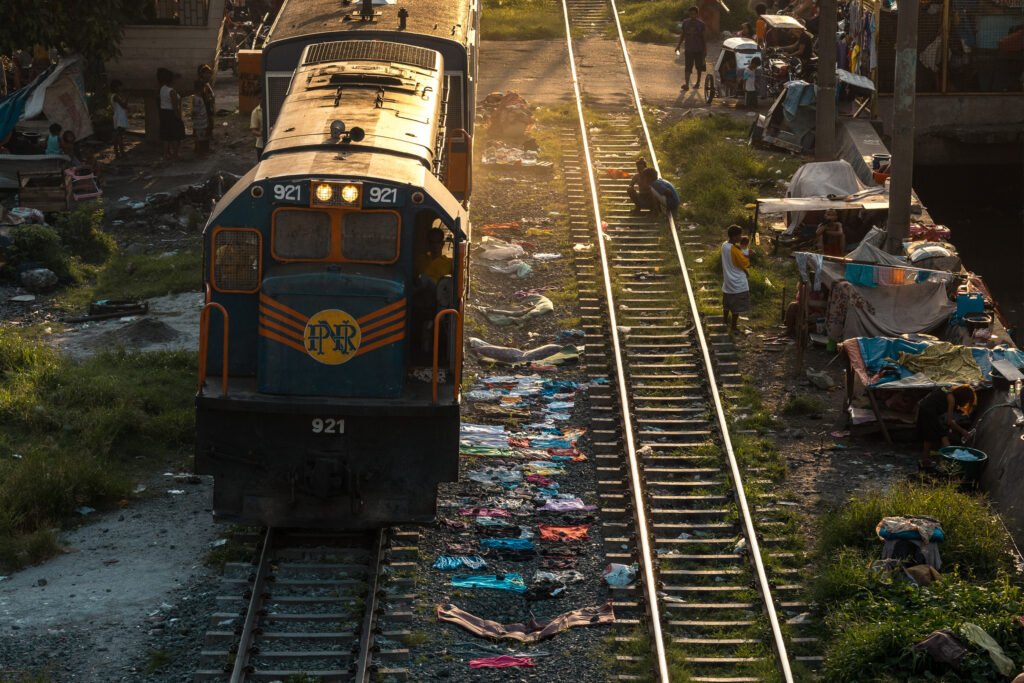

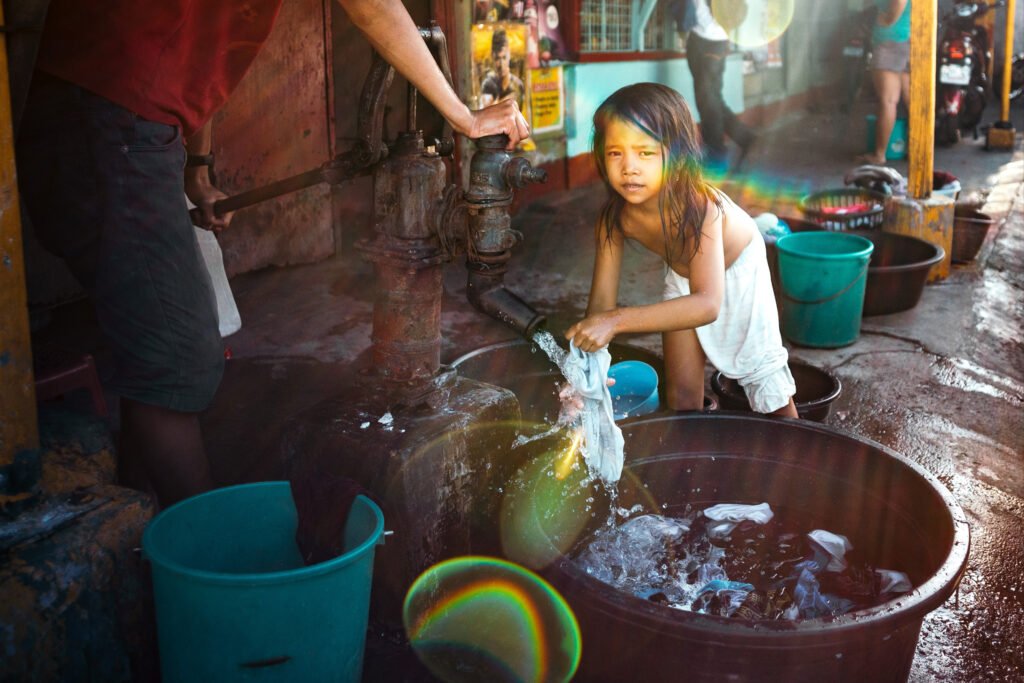

What insights have you gained as a photojournalist?
Photojournalists—we are documentarians, telling stories on a level that anyone can comprehend and appreciate. The right light, right moment, and right place make a good photograph, but a good photojournalist always gives way for the story and not for himself/herself. Hindi ikaw ang bida sa picture, palaging ang subject mo. (You’re not the star of your photograph; it’s always your muse.)
Any memorable anecdotes or experiences while on a shoot?
What I love about being a documentarian is it opens me up to the varied worlds inhabited by the upper and lower spectrums of society. My most memorable shot was the sight of the city succumbing to firework residue after New Year celebrations. I hated fireworks and how it negatively affects nature and people.
The craziest siguro is covering EJK (extra-judicial killings). I covered it for a week just to get a feel and perspective of what’s happening to the Philippines. We were searching for the spot where the victim died. It was a rainy night, and there were puddles everywhere and darkness surrounded the alley. I didn’t know what to feel when I suddenly realized I was standing in a puddle of blood.
In what ways did photojournalism change your views of Filipino society?
In full honesty, our society needs to grow more in terms of developing a more global perspective. People nowadays just don’t care [that bad stuff happen, as long as] it doesn’t happen to them. It’s sad, but there is a chance for growth. Our perspectives on art and culture also definitely need improvement.
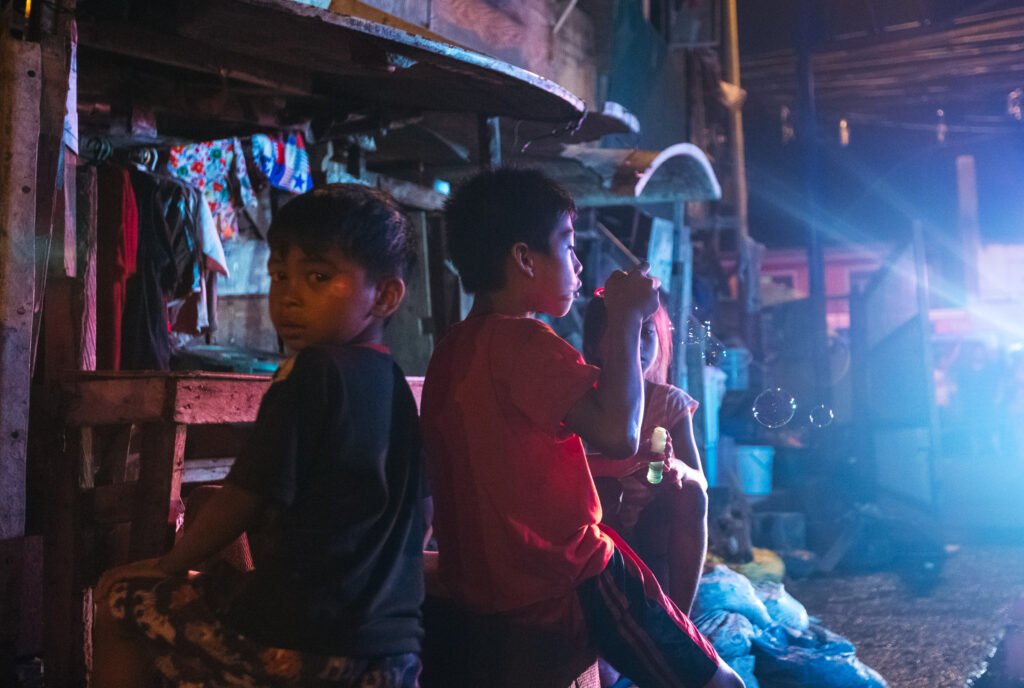



“Photojournalism is only 50% taking pictures. It’s really how you see life and the world that moves around you.”
In this age of information overload, in what ways do you think the role of photojournalists in society has changed?
We [photojournalists] tell the truth—be it ugly or beautiful. That’s why ang daming pa rin takot sa mga photojournalists, kaya bawal pa rin ang DSLRs sa mga malls. (That’s why people are scared of us, that’s why even mall staff are wary of the sight of our DSLRs.) They’re afraid of [the] media ID. Kasi, we tell the truth as it is. Today, [the stuff you find on] Instagram and Facebook are edited and filtered content. You don’t know the whole thing until you see the whole frame. There are journalism ethics that should be followed and most of them are given a blind eye nowadays.
Technological advancements have enabled many members of society access to competent imaging devices and even major news sites are taking citizen journalism seriously now. As a photojournalist, what is your opinion on this?
Everyone can take pictures now. This is actually a good thing because people can understand [what a photographer/photojournalist does even] without knowing the technical process. They will get a glimpse of the world and see their perspectives broaden. Photography is a tool for everyone, and it’s continually evolving. We have more ways and perspectives in telling a story, and now everyone can appreciate the work you put into a story or a project that you produce. Photojournalism is only 50% taking pictures. It’s really how you see life and the world that moves around you.
What would your photography say about you as a person?
I appreciate all walks of life and understand a little bit of everything. •


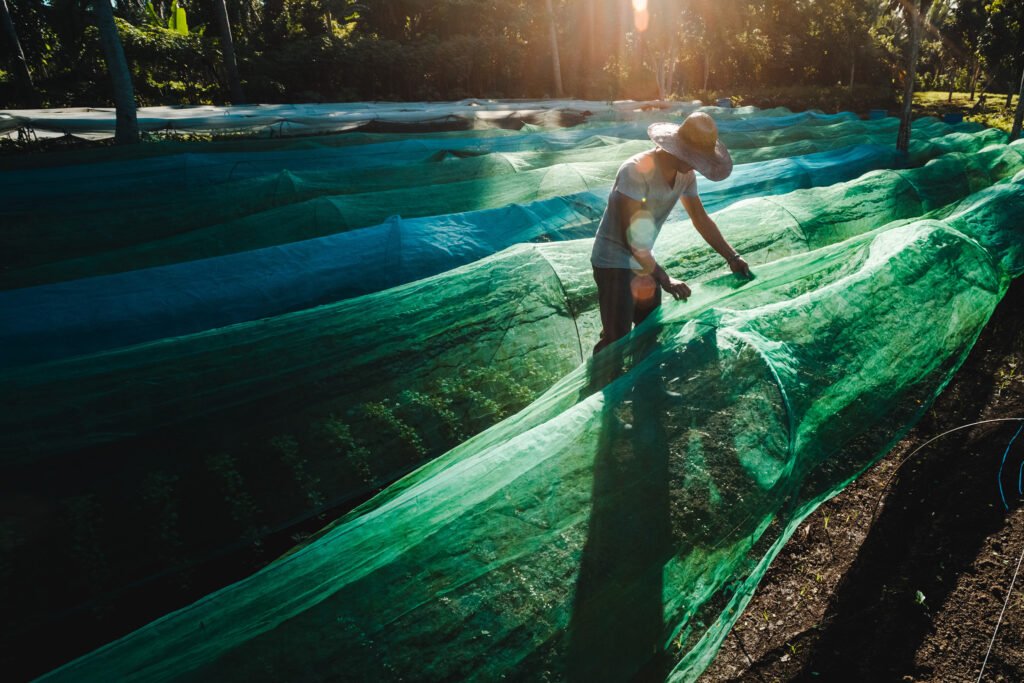

Portraits of a nation as taken by Jilson Tiu at @jilson.tiu
*Originally published in Kanto No. 3, 2018. Edits were made to update the article.
